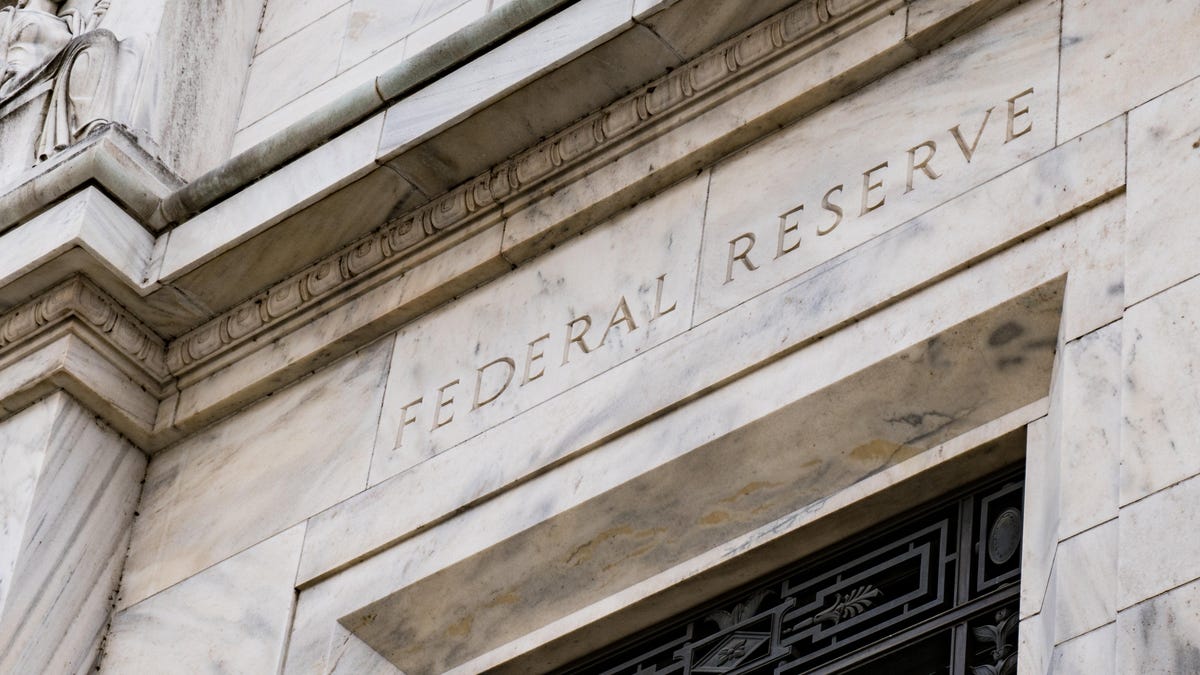What the Fed Rate Hike Means for Your Savings Account

The Federal Reserve announced a new 0.25% interest rate hike last month . This quarter-point increase, part of an ongoing effort to fight inflation, pushed the federal funds rate to its highest level in more than 22 years.
When the Fed raises interest rates, they raise the so-called federal funds rate. Although this is not the rate that consumers pay, the federal funds rate still affects us ordinary consumers in our daily lives. As we have explained before , higher interest rates increase costs for borrowers. At the same time, they can also mean higher returns for savers. Here’s what you need to know about the implications of a Fed rate hike on your savings and how you should navigate these changes.
What the Fed rate hike means for your savings
When the Fed raises the federal funds rate, it affects the interest rates that banks charge to borrow money. This, in turn, affects the interest rates offered by banks on various financial products, including savings accounts.
Improved Income
When the Fed raises rates, banks tend to increase the interest rates they offer on savings accounts. As banks raise rates on their savings accounts, interest in your account will accumulate at a faster rate. This means that your savings could potentially earn more interest over time.
Keep in mind that the impact on your savings rate may not be immediate or even significant, and you may be liable to pay taxes on any interest income you earn. However, it’s better than your interest in digging in the opposite direction.
More incentive to save
Higher interest rates can encourage people to save more money. This is because the possibility of earning higher interest rates can make saving more attractive than spending or investing in riskier assets.
Borrowed money is more expensive
On the other hand, higher interest rates can make borrowing more expensive. This could affect loans and credit card balances, potentially reducing borrowing and spending. This is part of the Fed’s strategy to manage inflation and slow economic growth without triggering a recession.
What to do if the Fed rate rises
A Fed rate hike could affect your savings strategy, so make sure your targets are in line with the new interest rate environment.
Shop at the best prices
A Fed rate hike does not instantly change the rates offered by your bank, but it can lead to higher rates if banks start raising savings account rates to attract new customers. Research and compare the rates of various financial institutions to find the best option for your needs. For example, online banks and credit unions may offer the most competitive rates.
Evaluate Your Options
If you’re looking for higher returns than a savings account can provide, explore investment options such as certificates of deposit (CDs), money market accounts, or low-risk investments. Keep in mind that these options may have different levels of risk and liquidity.
Rethink your debt management
If you have outstanding debt, especially high-interest debt such as credit cards, a higher rate can make it harder to pay off. Higher interest rates may result in a higher average interest rate on your account and even higher payouts in the future. Consider reevaluating your debt management strategy to minimize the impact of higher borrowing costs by paying off the highest-interest bills earlier.
bottom line
Higher interest rates increase costs for borrowers, but they can also mean higher returns for savers. While the Fed is now raising interest rates in an attempt to keep inflation down, it’s important to be a good borrower and saver. This may mean putting off getting a loan for a while to pay for a major purchase, as well as boosting your position as a borrower by working to improve your credit score ; while at the same time putting more money into a high-yield savings account.